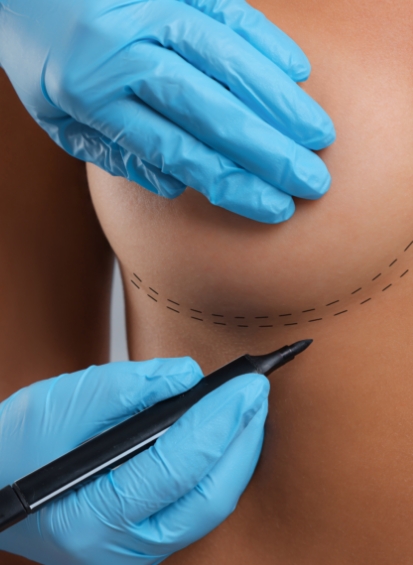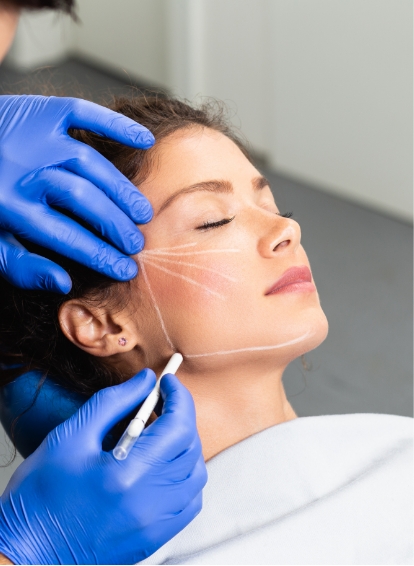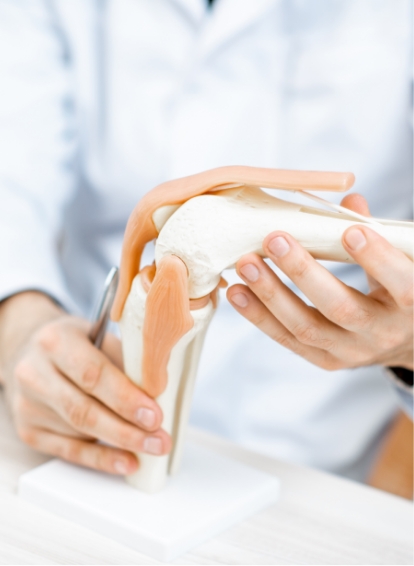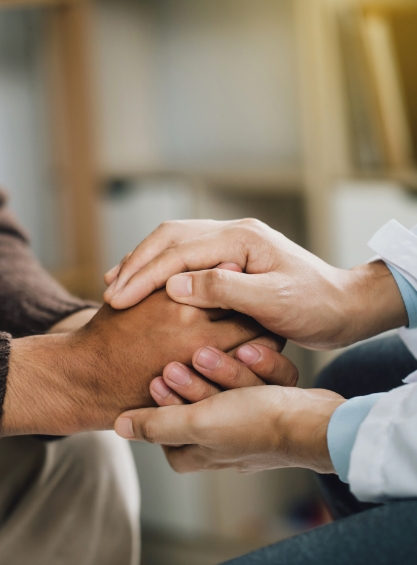Sports & Non-Surgical Orthopaedic Treatments
Hip & Groin Pain
Hip and groin pain are common issues that can result from injuries, overuse, or degenerative conditions, affecting the hip joint, surrounding muscles, or connective tissues. This type of pain may vary from a dull ache to sharp, severe discomfort, impacting movement, flexibility, and daily activities.
At The Clinica, our Sports & Non-Surgical Orthopaedics specialists provide targeted treatment plans to diagnose and address hip and groin pain, helping patients regain mobility and reduce pain through non-invasive and minimally invasive techniques.
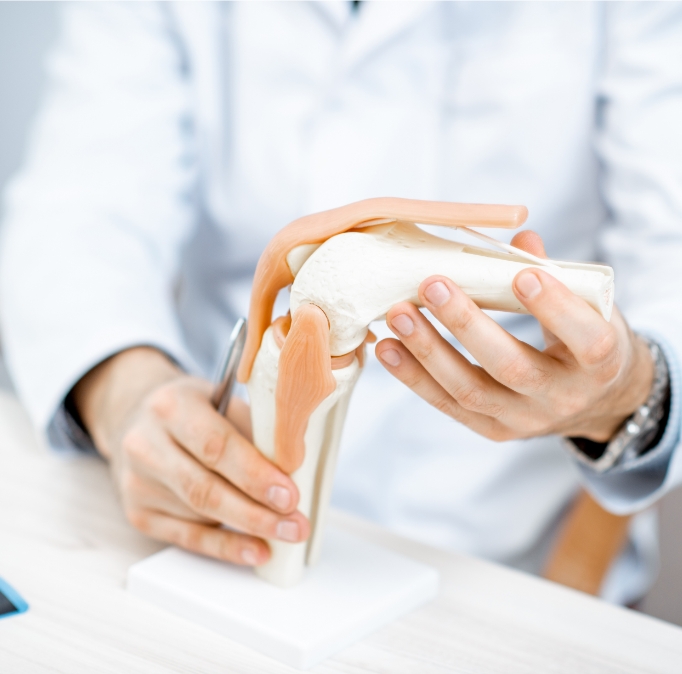
What is it?
Hip and groin pain refers to discomfort experienced in the hip joint, the muscles around the hip, or the inner thigh area near the groin. This pain can arise from various sources, including muscle strains, ligament sprains, or joint issues. In athletes, groin pain is frequently linked to overuse or repetitive movements, such as running, twisting, or kicking, which place strain on the hip and groin muscles.
Common causes of hip and groin pain include hip impingement, tendinitis, bursitis, and labral tears, all of which can cause inflammation and discomfort around the hip joint. Arthritis, particularly osteoarthritis, may also lead to hip pain as the cartilage within the joint deteriorates over time, resulting in pain and stiffness. Some patients may experience referred pain, where discomfort from other areas, such as the lower back, radiates to the hip or groin.
Understanding the specific cause of hip and groin pain is crucial, as treatments vary depending on the source. Identifying whether the pain originates from the joint, muscles, or tendons helps in developing a tailored treatment plan for effective relief.
Book an appointment
Additional Information

Causes of the condition
The causes of hip and groin pain vary widely, with injuries and overuse being common factors. Strains to the adductor muscles (inner thigh muscles) and hip flexors can cause groin pain, particularly in individuals engaging in sports or activities that involve frequent changes in direction. Repetitive movements can lead to microtears in the muscles and tendons, resulting in pain and inflammation.
Degenerative conditions like osteoarthritis are also significant contributors, especially in older adults. As the cartilage in the hip joint wears down, the bones begin to rub against each other, causing stiffness and pain. Other structural issues, such as hip impingement (femoroacetabular impingement), occur when extra bone grows around the hip joint, restricting movement and causing pain. In some cases, labral tears—tears in the cartilage that lines the hip joint—can develop, especially in athletes, leading to persistent hip and groin pain.
Tests that can be done to confirm the condition
Diagnosing hip and groin pain begins with a physical examination, where the clinician assesses range of motion, muscle strength, and areas of tenderness. A detailed review of medical history, including recent activities and previous injuries, helps identify potential causes of pain. Additional tests may be required to confirm the diagnosis and pinpoint the exact source of discomfort.
Imaging tests, such as X-rays, MRI, and ultrasound, are commonly recommended for a more detailed assessment. X-rays can reveal structural issues, such as arthritis or impingement, while MRI scans provide detailed images of soft tissues, including muscles, tendons, and cartilage, helping to identify labral tears or tendinitis. In some cases, diagnostic injections are used to localise the pain source, offering temporary relief and assisting in determining the most effective treatment approach.
Effective treatments
Treatment for hip and groin pain depends on the underlying cause and may involve rest, physical therapy, and targeted interventions to relieve discomfort and restore mobility. Resting the affected area is often recommended to allow initial healing, along with activity modification to avoid movements that aggravate the pain.
Non-surgical treatments like corticosteroid injections and platelet-rich plasma (PRP) injections can provide relief from inflammation and promote tissue healing. Corticosteroid injections reduce inflammation in cases of bursitis or tendinitis, while PRP injections utilise the patient’s blood to accelerate natural healing. These injections offer targeted relief, especially when combined with other therapies.
Physical therapy is a key component of treatment, focusing on stretching and strengthening exercises tailored to the hip and groin muscles. A customised program helps improve flexibility, stability, and muscle balance, which are essential for supporting the hip joint and preventing further injury. For structural issues like hip impingement, minimally invasive procedures may be considered to remove excess bone and restore joint function.
Book an appointment for an initial consultation
Booking an initial consultation at The Clinica is the first step towards diagnosing and managing hip and groin pain effectively. During this consultation, our specialist will perform a comprehensive assessment, review your medical history, and discuss your symptoms to identify potential causes. A thorough physical examination will help pinpoint the exact location of pain and any contributing factors.
If necessary, imaging tests will be arranged to confirm the diagnosis and assess the extent of any damage. Based on these findings, a personalised treatment plan will be developed to address the underlying cause of your pain, providing a structured approach to recovery and long-term relief.
Frequently Asked questions
Yes, many cases of hip and groin pain can be managed with non-surgical treatments, including physical therapy, injections, and activity modification. Surgery is generally only recommended if conservative treatments do not provide relief.
Recovery time depends on the severity and cause of the pain. Mild cases may improve within weeks, while chronic or structural issues may take several months to manage effectively.
Corticosteroid injections are generally safe and provide targeted relief from inflammation. Your clinician will discuss any potential risks based on your specific condition and health history.
Low-impact exercises that strengthen the hip and core muscles, along with gentle stretches, can help relieve pain. A specialist will provide a tailored exercise plan based on your needs.
Maintaining good flexibility, strength, and avoiding repetitive strain on the hip joint can help prevent pain. Proper warm-up routines and good posture also reduce the risk of injury.
Specialised Clinics
General Enquiries
Please send your enquiry to us and our Practice Manager will be in touch shortly. Alternatively, if you would rather speak to us or your enquiry requires our urgent attention, please call us on 01344 946363.

